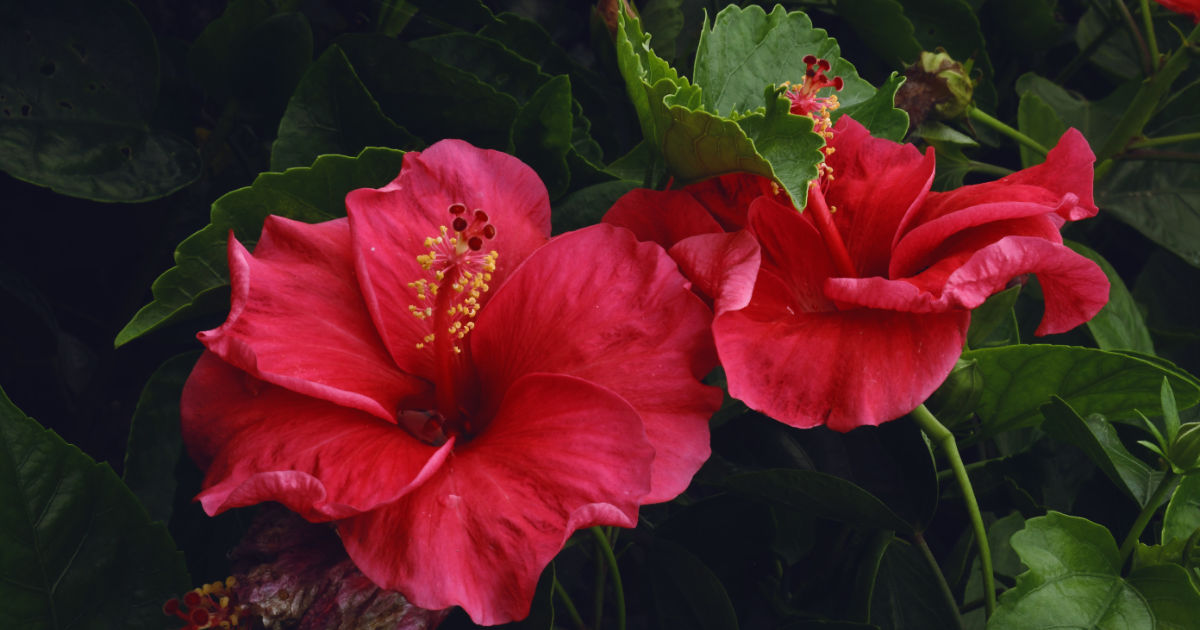There is a ritual to be followed when one offers flowers to the Deity. There are many flowers which can be offered. Some of the favorites I have listed below.
Hibiscus—Botanical name Hibiscus rosa-Sinensis. The goddess loves the Hibiscus flower. It is her favorite flower. The hibiscus belongs to Kali. She represents empowerment, and with that comes destruction of evil. Therefore, she is considered a fierce Goddess. The red hibiscus is symbolic of Kali’s tongue. She portrays a form of energy and this blood symbolism becomes life affirming and it ties her to the life forces that pulsate in all of us.
Lotus—Botanical name Nelumbo nicifera. The lotus is also associated with Vishnu, Lakshmi and Parvati. It never gets wet and it blooms in any kind of water. Its leaves are untouched by the water and it has a beautiful fragrance.
There are other fragrant flowers also offered
Crepe jasmine—Botanical name: Taberna Montana divaricate has a heady fragrance as does the rose.
Rose—Botanical name: Rosa Indica—Maa Durga loves the colors red and yellow.
Marigold—Botanical name: Tagetes. Lakshmi favors yellow flowers. It has a spicy, aromatic fragrance.
Passionflower—Botanical name: Passiflora. It is a beautiful flower and has an odor of grapes.
Arabian jasmine—Botanical name: Jasminum Samba is another fragrant flower.
White Frangipani—Botanical name: Plumeria Alba is also very heady in its fragrance with a dash of vanilla.
How does one offer flowers to the deity?
The flower is composed of the stalk, sepal and petals. The stalk is adjoining the petals and the sepal is holding the petals. The sepal is considered tamasic because the hidden sound within it is inertia ridden. The void of the stalk is porous so it is associated with prana. The stalk is offered to the deity, with the petals facing the devotee as the prana from the deity is emitted to the devotee.
Flowers when offered to the deity should not be smelt by one. Flowers have the ability to absorb and emit the deity principle. When one sniffs the flower, the icha shakti (desire) associated with its fragrance enters the flower through exhalation. When we smell a flower, the sattva power of the flower is diminished. When offering flowers to the deity, one cannot inhale the scent, as an obstruction is created because of tamas and rajas (which are present in all of us) gunas, which leads to less emission of Chaitanya (pure consciousness) for the devotees.
Always the refrain is the same, pure heart and sincerity are the key qualities for devotion and offering.
Aim Hrim Klim
Photo by manjur alom on Unsplash

